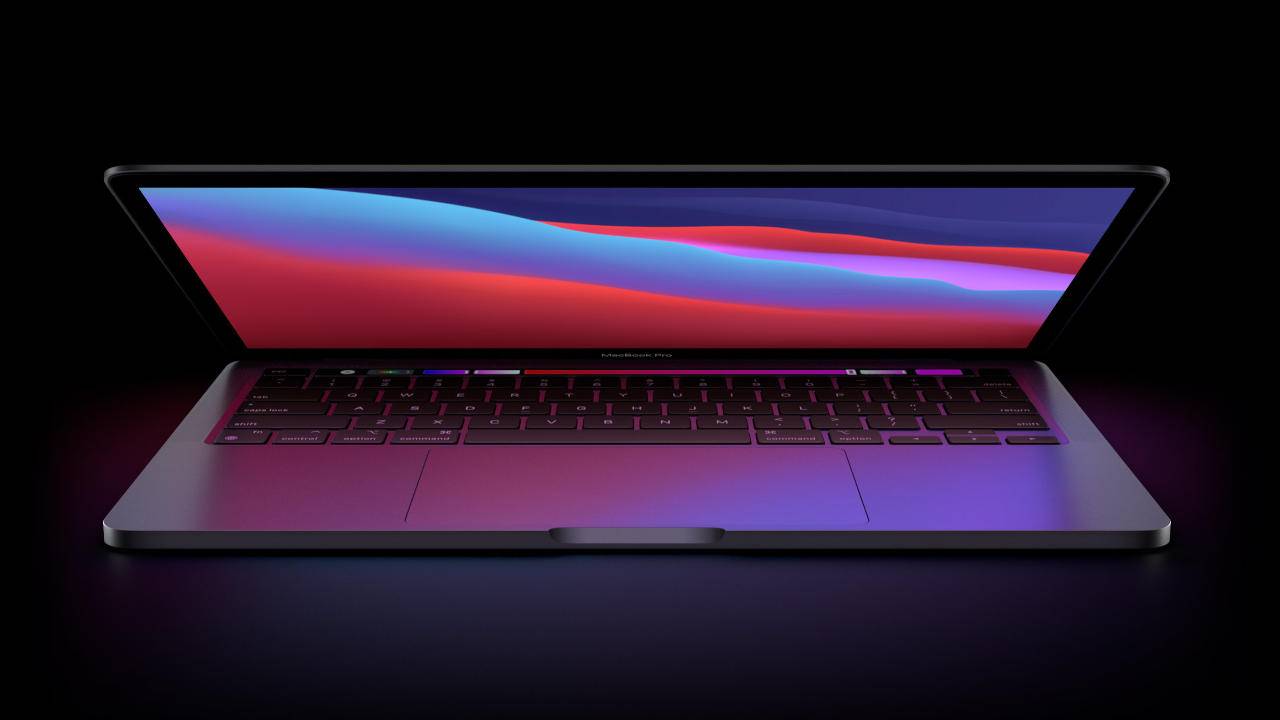
All the news about the astounding performance of Apple’s first M1 Silicon may have gotten people excitedly grabbing the new Macs and MacBooks left and right. As with any new product, even Apple’s, there might be unforeseen teething problems that only appear after some time. Some might be easily fixed with a software update while others might, unfortunately, require waiting for the next-gen iteration. Some might even lead to odd bugs that render the Macs practically useless when you try to reinstall its operating system anew.
Given how new the M1 MacBooks are, some might wonder why anyone would try to reset and restore their shiny new ARM-powered computer. There are definitely a couple of valid reasons, from removing unwanted pre-installed software (a.k.a. bloatware) to undoing irreversible mistakes that may have been applied in one’s excitement over the new Macs. Regardless of the reason, one would expect that restoring a Mac or MacBook to its pristine state would actually fix things and not brick them instead.
Unfortunately for these early M1 adopters, that’s not the case. MacRumors cites multiple reports of installation errors facing users who have indeed chosen to go down the path of restoring macOS Big Sur on the machines. The message they were left with was both ominous and useless, pointing to “An error occurred preparing the update. Failed to personalize the software update. Please try again.”
Unfortunately, no amount of trying again gets past that error and since there is no way to install an update that would fix it, the MacBook remains stuck there and is practically unusable. It might be a hassle, not to mention a health risk, but these new Macs are fortunately very much still in warranty and can be sent in for repairs.
Other users have reported a workaround that involves using the latest Configurator 2 tool to restore an unresponsive Apple Silicon Mac. That, however, requires having a second Mac and the appropriate cable to connect the two computers. Hopefully, Apple has become aware of the issue and will have a fix ready soon. Until then, it might be a good idea to put off restoring the new M1 MacBooks.
